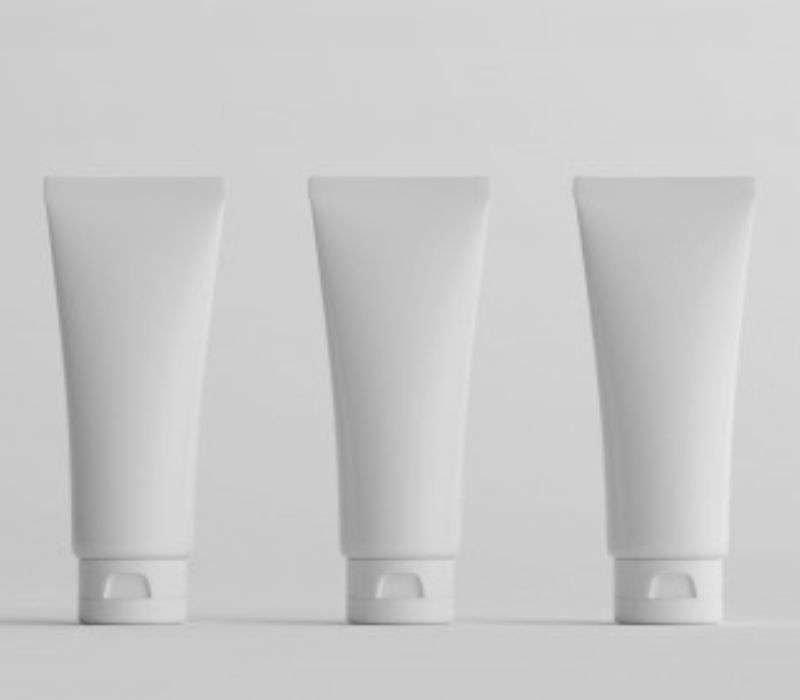

Mar 27,2024
Our environment has been facing some significant threats for some decades. This threat is none other than global warming. Developed countries are doing everything to battle environmental pollution in the form of electric vehicles, biodegradable products, renewable energy, and forestation. Likewise, developing and underdeveloped countries are trying their best to cope with this issue amid economic challenges. For that, they replaced plastic products with paper ones, and now they are replacing paper products with bagasse or sugarcane fiber.
This sugarcane fiber can be used to produce eco-friendly papers, tableware, and food containers. Even packaging materials like sugarcane tube packaging and molded boxes are helping companies tackle environmental challenges.
It all starts with sugarcane’s byproduct, bagasse. After sugarcane juice is extracted, leftover fiber is turned into pulp. The pulp is then processed at a high temperature to be turned into packaging material.
Before this biodegradable packaging of sugarcane fiber, it was used as a fuel for thermal energy. Likewise, this bagasse fuel helped industries cope with fuel costs, which greatly helped them. However, using it as packaging material is a better option than fuel.
Now, it is being used to replace plastic, a great initiative to tackle environmental challenges. Since plastic consumption is among the worst challenges for our planet, these eco-friendly products bring hope. Moreover, lots of plastic packaging is causing severe problems for sea, air, and land creatures, which is an alarming sign for Earth. Things will be much better if we promote this sugarcane fiber tube packaging.
Let’s talk about the packaging types produced with sugarcane fiber. From food to electronic accessories, bagasse packaging covers many products. In addition, products that cannot be carried in paper packaging can be carried easily in sugarcane fiber packaging.
Plastic tube packaging has been in use for almost a century, and it has helped us in many ways. However, things are getting out of control since global warming has rapidly increased. Now, sugarcane fiber tubes are about to replace plastic tubes, which is something new for industries and consumers. The best thing about them is that they won’t damage the environment and are recyclable.
From plastic to paper and paper to biodegradable paper, these shopping bags have been transforming into better options with the passage of time. Since they are a part of shopping, they can’t be removed easily. All we can do is turn them into an eco-friendly product. Now, sugarcane fiber is upgrading these bags with a much-advanced option where decomposition will not be a challenge anymore.
The food we order must be in safe packaging. Otherwise, it is not worth it anymore. That’s why sugarcane fiber is the best option to replace plastic packaging. When hot food is stored in plastic clamshells, polythene releases toxic elements into the food. We never know how much it impacts our health until it is too late. But if you use biodegradable packaging, your health will remain safe. Moreover, having tableware made of this material can be beneficial compared to plastic ones.
Whenever we buy products like cell phones, gadgets, cosmetics, etc., we get them in molded packaging according to their shape. What we don’t notice is that these packaging materials are not environmentally friendly, and we often throw them away without knowing the consequences. Since bagasse/sugarcane fiber packaging was introduced, molded packaging has become safer and more recyclable than ever before.
As we have discussed, there is more to food packagihaveableware.themor instance, if you are having a picnic, you may need lots of disposable tableware. But if you use plastic disposable tableware, you may cause plastic pollution, which is incorrect. However, this tableware, made with sugarcane fiber, can fulfill your needs and decompose in the ground. The items below can be found easily on the market.
The most significant benefit is its biodegradable feature. Besides, it can replace plastic quite easily with the help of these core benefits.
They will not harm the environment because they will not cause toxic fumes like plastic. Moreover, they will take around 40-60 days to decompose completely. They are great even if you want to use them as thermal fuel. Besides, they can be recycled easily.
Bagasse packaging keeps food warm, just like a plastic container. With enough insulation, your food will remain warm without harmful effects from this packaging.
Another feature of this product is that it is microwave-safe. You will no longer worry about the harmful effects of heating food in the microwave and its box. These bagasse boxes are safe from it, but make sure you don’t overheat them.
Similarly, it is refrigerator-safe, just like the above one. It will not explode like aluminum and glass containers. You can store meat, ice cream, or other food in the refrigerator.
Their incredible benefit is their good resistance against water and grease. Now you can understand why they are replacing plastic packaging.
They will not collapse easily like paper packaging of food, and you can surely keep food in them for a more extended period. It is an excellent product for food businesses in terms of food delivery.
The range of sugarcane fiber products may expand with the help of more research and development, which will be a great move. As a result, our environment will suffer less than before. Lastly, animals will no longer succumb to plastic pollution as we see today.
Read more:
Packaging We Love - Squeeze Tubes